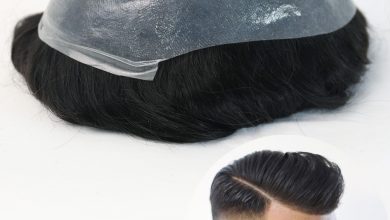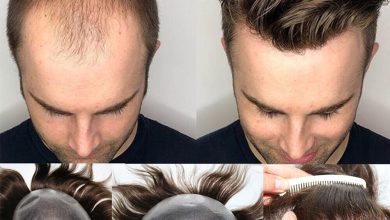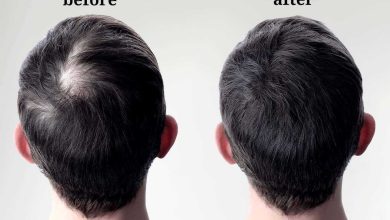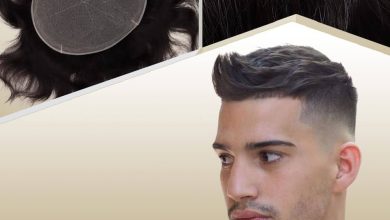
Demystifying the Difference Between Wigs and Toupees: A Comprehensive Guide
Hair loss is a common concern that can affect individuals of all genders and ages. As a result, people often explore hair replacement options like wigs and toupees. In this article, we will delve into the key distinctions between wigs and toupees to help you understand which option might be the best choice for your unique needs.
Wigs vs. Toupees: Understanding the Difference

Wigs:
- Coverage:
- Wigs provide full-head coverage, concealing hair loss on the entire scalp.
- They are ideal for individuals dealing with extensive hair loss or those who wish to change their entire hairstyle.
- Attachment:
- Wigs are designed to be worn over the entire scalp and are secured with adjustable straps or clips.
- They are typically removed nightly for cleaning and comfort.
- Versatility:
- Wigs come in various styles, lengths, and colors, allowing for creative expression and the ability to change your look entirely.
- Maintenance:
- Regular maintenance and cleaning are required to keep wigs in good condition, and they may have a shorter lifespan than toupees.
Toupees:
- Coverage:
- Toupees are smaller hairpieces designed to cover specific areas of hair loss, such as the top or crown of the head.
- They are suitable for those with localized hair loss or receding hairlines.
- Attachment:
- Toupees are attached to the head with adhesives, tapes, or clips and are designed to blend seamlessly with your existing hair.
- They are generally worn continuously and can withstand daily activities.
- Natural Look:
- Toupees are created to provide a natural look, as they blend with your own hair, making it difficult for others to discern their presence.
- Maintenance:
- Maintenance is minimal, involving regular cleaning and attachment adjustments, and they often have a longer lifespan than wigs.
FAQ ABOUT WIG AND TOUPEE
Q1: Can I swim with a wig or toupee?
- A1: While you can swim with both wigs and toupees, it’s essential to choose water-resistant adhesives and take care to protect them from chlorine or saltwater. Wigs can be removed for swimming, while toupees can stay in place if secured properly.
Q2: Are wigs or toupees more cost-effective?
- A2: Toupees are typically more cost-effective as they require less hair and material. Wigs, with their full-head coverage, can be more expensive.
Q3: Which option is better for medical hair loss (alopecia or chemotherapy)?
- A3: Both wigs and toupees can work for medical hair loss. Wigs are preferred for complete hair loss, while toupees are excellent for covering specific areas of hair loss.
Q4: Do wigs or toupees look natural?
- A4: When properly fitted and styled, both wigs and toupees can look natural. However, toupees often blend seamlessly with existing hair, making them less noticeable.
Q5: How do I care for and maintain my wig or toupee?
- A5: Care and maintenance involve regular cleaning, styling, and attachment adjustments. The specific care routine may vary based on the materials used, so follow the manufacturer’s instructions.
Conclusion:
Understanding the differences between wigs and toupees is crucial for making an informed choice that suits your individual hair loss needs. Whether you opt for a full-head coverage solution like a wig or a localized hairpiece like a toupee, both options offer unique benefits. Ultimately, the decision depends on the extent of your hair loss, your lifestyle, and your personal preferences. Whatever you choose, both wigs and toupees can provide you with the confidence and appearance you desire.




